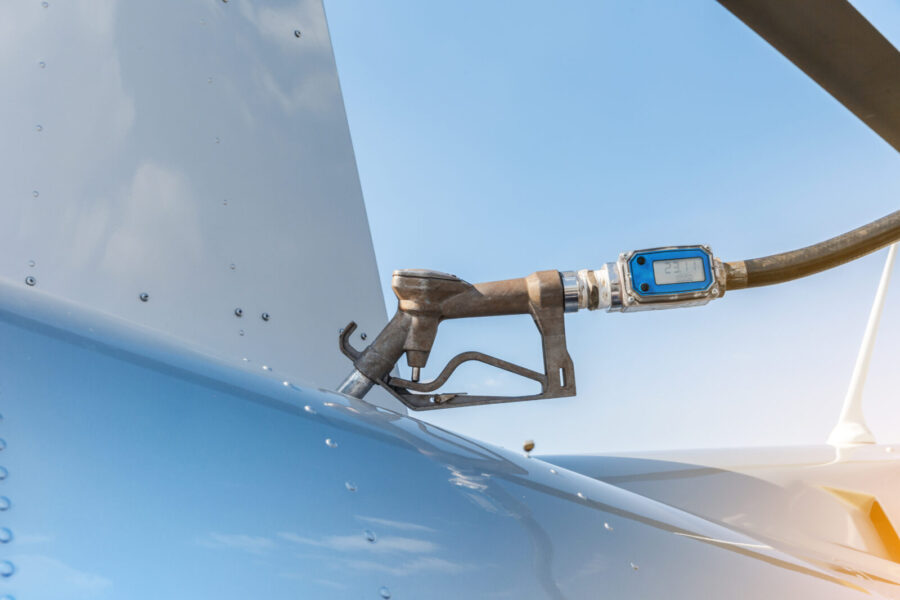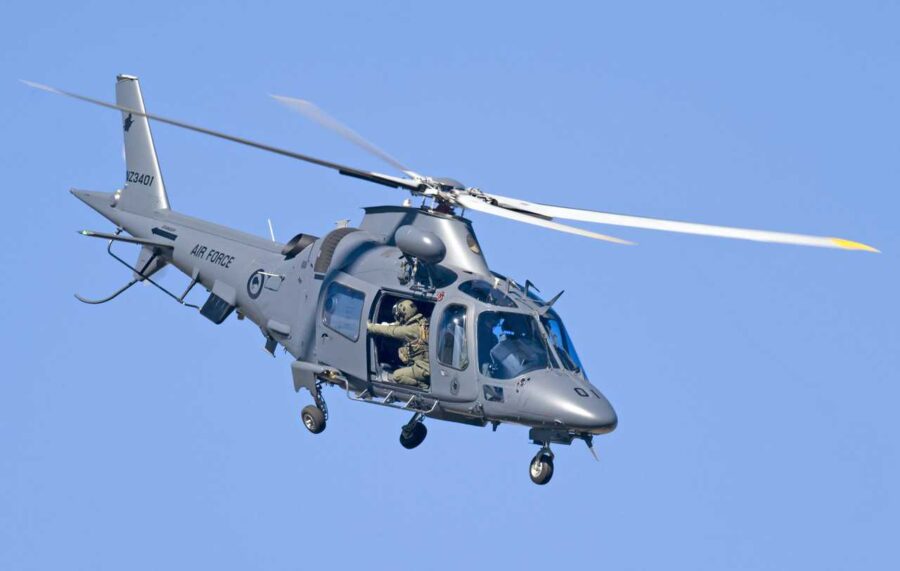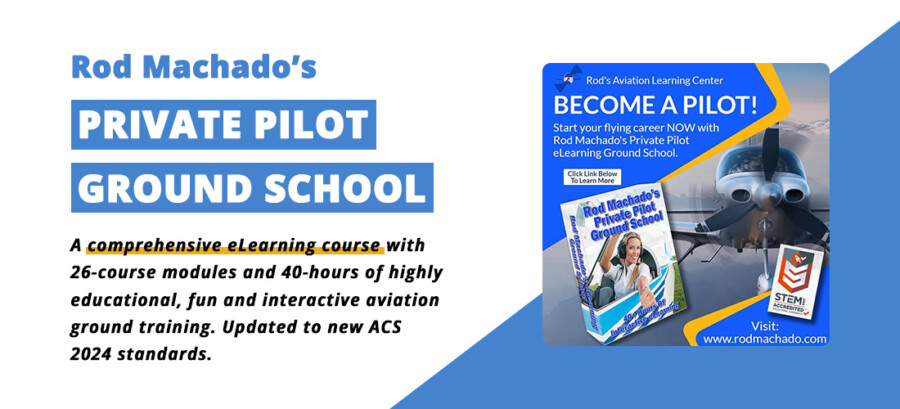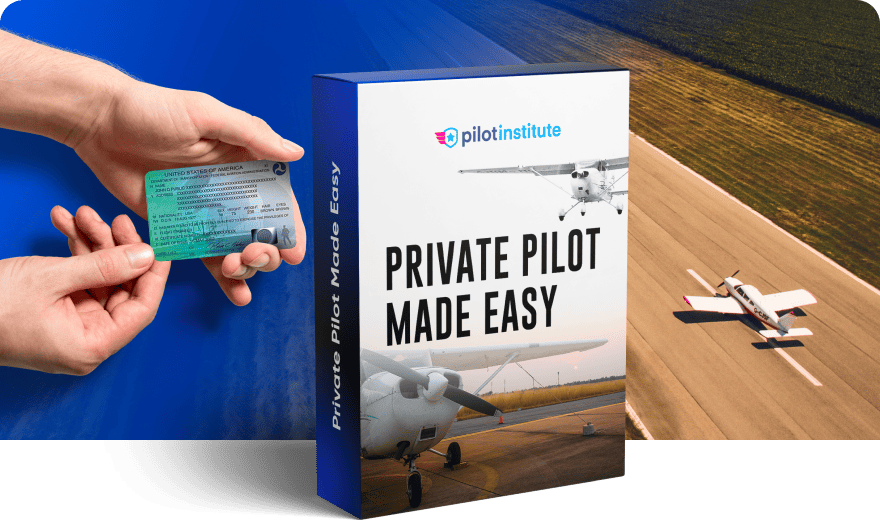What Type of Fuel Do Helicopters Use?
2 April 2022 | Updated on February 05, 2024
Helicopters are highly adaptable aircraft and they are the best alternative to airplanes when traveling short distances or to remote locations without conventional airport infrastructure like a runway.
The type of fuel that helicopters use depends on their engine type and purpose. Early helicopters were powered by piston engines which required aviation gas (AVGAS) – the same fuel type used by piston-engine airplanes. Helicopters fitted with turboshaft gas turbine engines use jet fuel which is the same fuel type that jet planes use.

Important Disclaimer: The information and data provided here are for informational purposes only, and are subject to change over time. We strive to provide the most current and relevant information, but the dynamic nature of the topics discussed may result in changes that are not immediately reflected in our content. We recommend our readers to conduct their own research and consult with professionals when making significant decisions based on the data or information provided here. Your reliance on the information in this post is solely at your own risk.
Both helicopter fuels are formulated to burn according to specific combustion and temperature levels to perform in line with expected engine performance parameters associated with each helicopter model.
This post answers all your questions concerning the types of fuel that helicopters use and the distinction between different types of helicopter fuels. It also provides important information relating to helicopter fuel consumption.
What Kind of Fuel Do Helicopters Use?
Helicopters run on two types of fuel depending on their engine configuration. Helicopters powered by a piston engine (otherwise known as a reciprocating engine) use a type of gasoline known as aviation gas AVGAS which is similar to automobile gasoline. Helicopters equipped with turboshaft gas turbine engines use Jet fuel which is very similar to the type of fuel that large airliners use.
Reciprocating piston engine helicopters running on AVGAS have an average weight of around 2,500 Lbs (1135 kg), up to five seats, and can only travel short distances. They are primarily built for personal transportation, law enforcement, traffic reporting, pilot training, sightseeing tours, aerial surveillance and observation, lightweight cargo deliveries, and other commercial activities.
Turboshaft gas turbine engine helicopters that burn Jet Fuel are large high-performance helicopters used for a variety of military or civilian purposes. They are more expensive than piston engine helicopters, and they can travel long distances.
1. Aviation Gas (AVGAS)
AVGAS has been the staple of general aviation since its invention in the 1940s. It is an ignition fuel, meaning it is a volatile compound requiring an ignition source (a spark plug) to burn – just like your regular petrol. and people use the fuel to run piston engines in aircraft.
It is a high-octane fuel with almost three times the amount of lead present in automobile gasoline (0.56gm of TetraEthyl Lead per liter). 100LL (One Hundred Low Lead) is the most popular grade of AVGAS used in piston-engine helicopters worldwide, and it is easily recognizable by its distinctive blue color.
Common characteristics of AVGAS include the following:
- AVGAS does not contain ethanol, unlike normal gasoline. This is because moisture attracts moisture when it is vaporized in the gas tank, an occurrence that can result in deadly accidents.
- AVGAS has a longer distillation period than Jet Fuel, and it is created much later in the refining process.
- AVGAS is the only aviation fuel with high-level lead content which helps to avert engine knock or detonation that can result in engine failure.
- AVGAS ignites at a lower rate than Jet Fuel.
- AVGAS is more expensive than Jet Fuel and it has a higher demand rate.
2. Jet Fuel
Jet Fuel is a compression fuel created for jet or gas turbine engines. It is a non-volatile fuel designed to run on engines that operate at extreme temperatures. Jet Fuel has a clear color with a diesel-like smell, and it is available in several grades. The most common Jet Fuels grades are Jet-A and Jet-A1 fuel grades.
Common Jet Fuel grades used for propeller gas turbine engine helicopters across the globe include Jet-B, JP-4, and JP-5. Gas turbine-powered military helicopters mainly run on the JP-8 grade, a diesel and Jet Fuel mixture.
Common characteristics of Jet Fuel Include the following:
- Jet Fuel has a short distillation period and it is created very early during the refining process.
- Jet Fuel contains highly stable carbon chains making it more predictable during extreme temperatures or environments, and safer to transport or store in large quantities.
- Jet Fuel is cheaper than AVGAS.
- Jet Fuel contains anti-static properties that help prevent electrical static build-up making them safer for engines.

How Much Fuel Does a Helicopter Use?
The amount of fuel a helicopter consumes is determined by the type of fuel it runs on. Jet Fuel burns at a much faster rate than AVGAS, and helicopters that run on Jet Fuel will consume a higher amount of fuel than a helicopter that runs on AVGAS. However, the upside to using Jet Fuel is that it is significantly cheaper than AVGAS.
Helicopters consume more fuel when operating at the Zero Airspeed point of the curve. This is when the aircraft is hovering with a full payload or lifting a heavy external load from the ground, and when hovering at high altitudes.
For example, a Bell-47 single-rotor, single-piston engine helicopter consumes AVGAS at the rate of 23 gal/hr. In contrast, the MIL Mi-26 which has the highest fuel consumption of any helicopter guzzles Jet Fuel at the rate of 1,000 gal/hr.
Below is the fuel consumption rate for different helicopter models in each engine category. As you notice, a helicopter’s fuel consumption increases according to its weight, mission purpose, and engine type.
Piston powered helicopters
| Model | Fuel Consumption (Gal/Hr) |
| A-B Helicopters A/W 95 | 4 |
| Robinson R-44 Raven-II | 15 |
| Enstrom 480 | 16 |
| Bell-47 | 23 |
Turbine powered helicopters
| Model | Fuel Consumption (Gal/Hr) |
| Agustawestland AW 119 Koala | 55 |
| Eurocopter EC-135 | 64 |
| Bell 222-A | 70 |
Military helicopters
| Model | Fuel Consumption (Gal/Hr) |
| Sikorsky S-70/UH-60 | 160 |
| Eurocopter EH-101 | 211 |
| Boeing CH-47 Chinook | 407 |
| Sikorsky CH-54 | 525 |
How Much Fuel Does a Helicopter Hold?
Most helicopters can take between 20 and 65 gallons of fuel in their tank for a one-and-half-hour to three-hour flight depending on the helicopter size and flying conditions. Generally, pilots also take enough reserve fuel to keep them flying for about 20 minutes.
Large Coast Guard search & rescue helicopters and helicopters that fly to offshore oil rigs typically carry more than 300 gallons in their main tanks and can carry extra fuel in additional fuel tanks to extend their range. The Robinson R22 light helicopter has a fuel tank capacity of 26 gallons, while the United States Army’s UH-60A/L Black Hawk helicopter has an internal fuel load of 360 gallons. The Black Hawk can carry additional 460-gallons of fuel in its two 230-gallon external tanks, and like most military helicopters can perform mid-air refueling.
Generally, helicopters do not carry their maximum fuel capacity due to flight and payload restrictions. And taking the maximum fuel capacity may reduce the amount of cargo and passengers the helicopter can carry during the flight.

Can Helicopters Run on Diesel Fuel?
Helicopters powered by turboshaft gas turbine engines may use diesel fuel, but diesel’s higher vapor pressure could result in incomplete combustion, creating sludge within the engine fuel system and other serious issues.
Although diesel has a similar chemical structure to Jet Fuel. It requires turbocharging to deliver comparable levels of throttle response performance in aircraft. It means adding complex mechanical systems that increase cost, weight, and maintenance resulting in poor aircraft performance, reliability, and economy.
Where is the Fuel Tank Located?
A helicopter’s fuel tank is located underneath the main rotor within the aircraft’s fuselage. This is done to prevent a helicopter’s center of gravity from shifting during swings in the fuel level. The exact location varies per helicopter model, but it could be above or below the cabin.
Conclusion
Helicopters are designed to execute a series of complicated maneuvers necessary to perform complex operations that are not suitable for airplanes. Both AVGAS and Jet Fuel are excellent helicopter fuels that enable those amazing machines to perform incredibly during operation, allowing them to save lives and make a difference in our society.
































